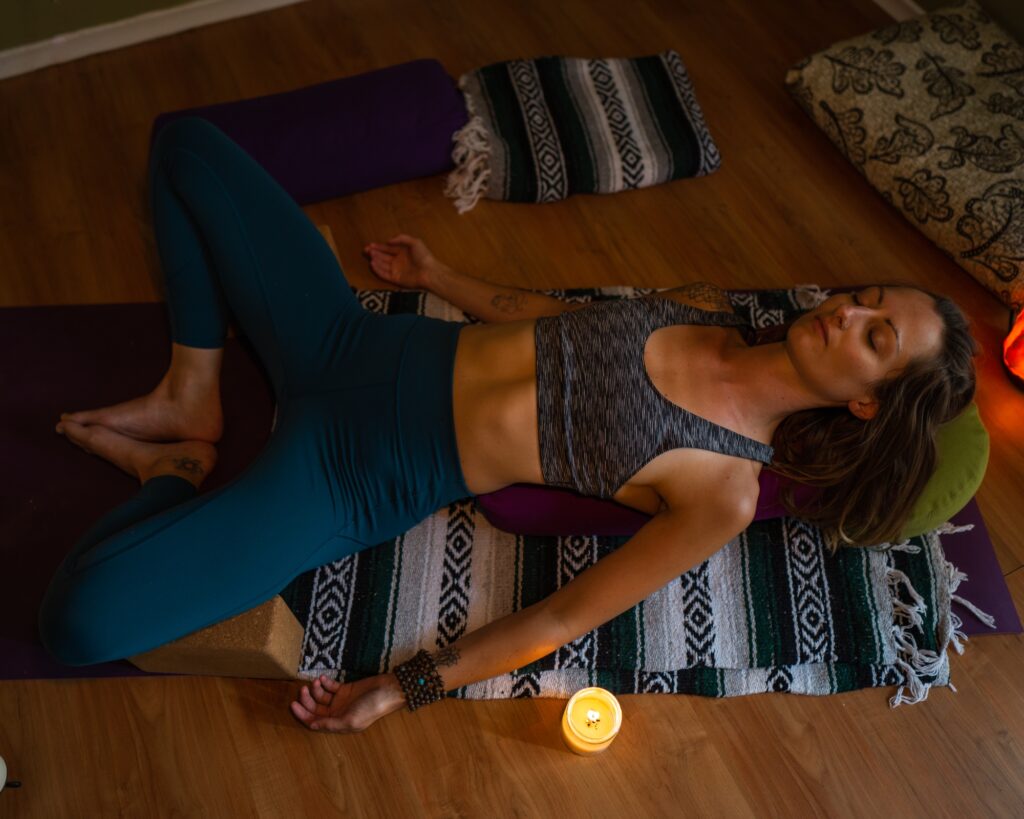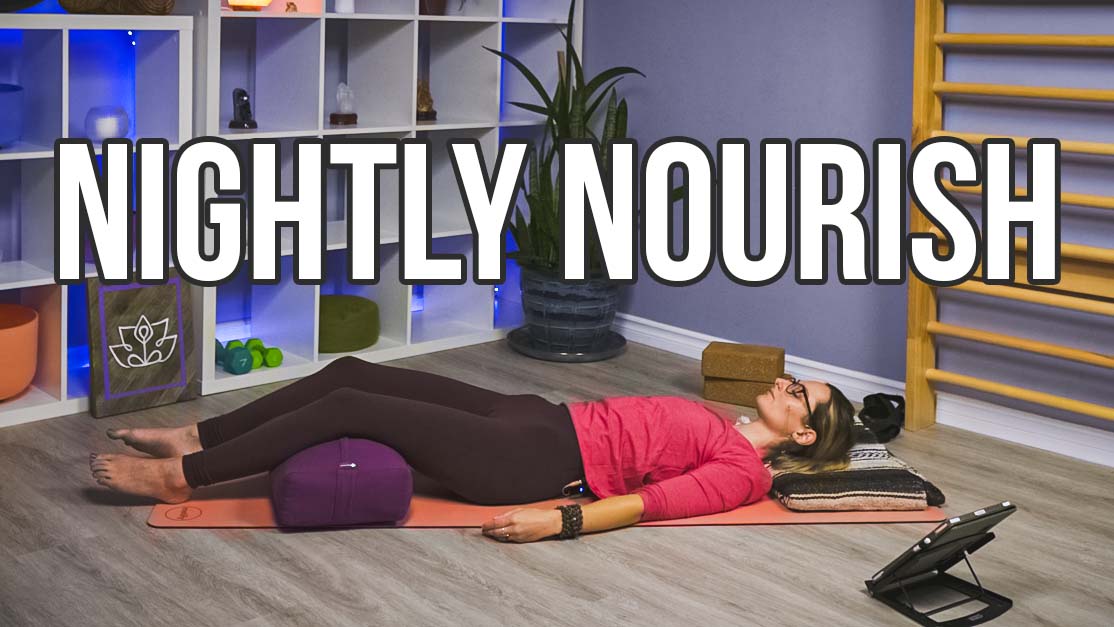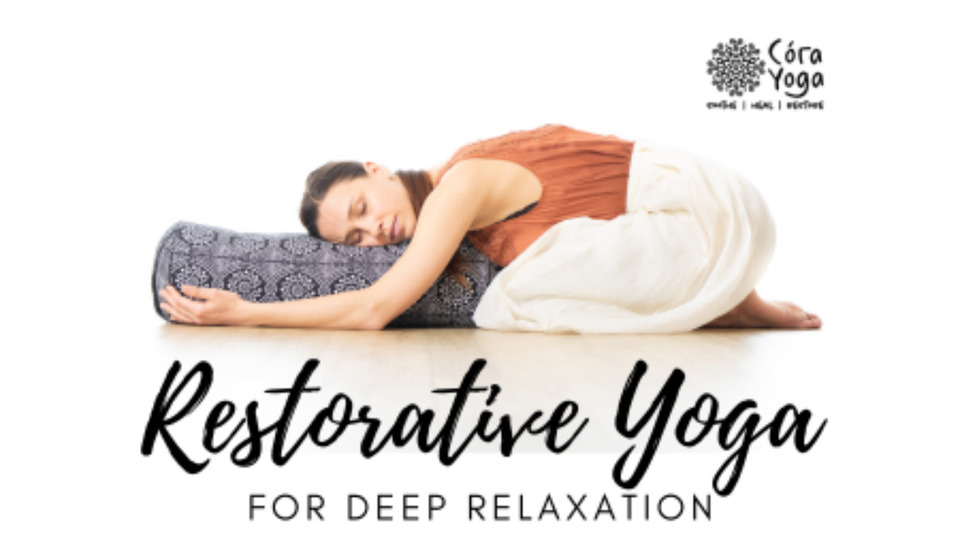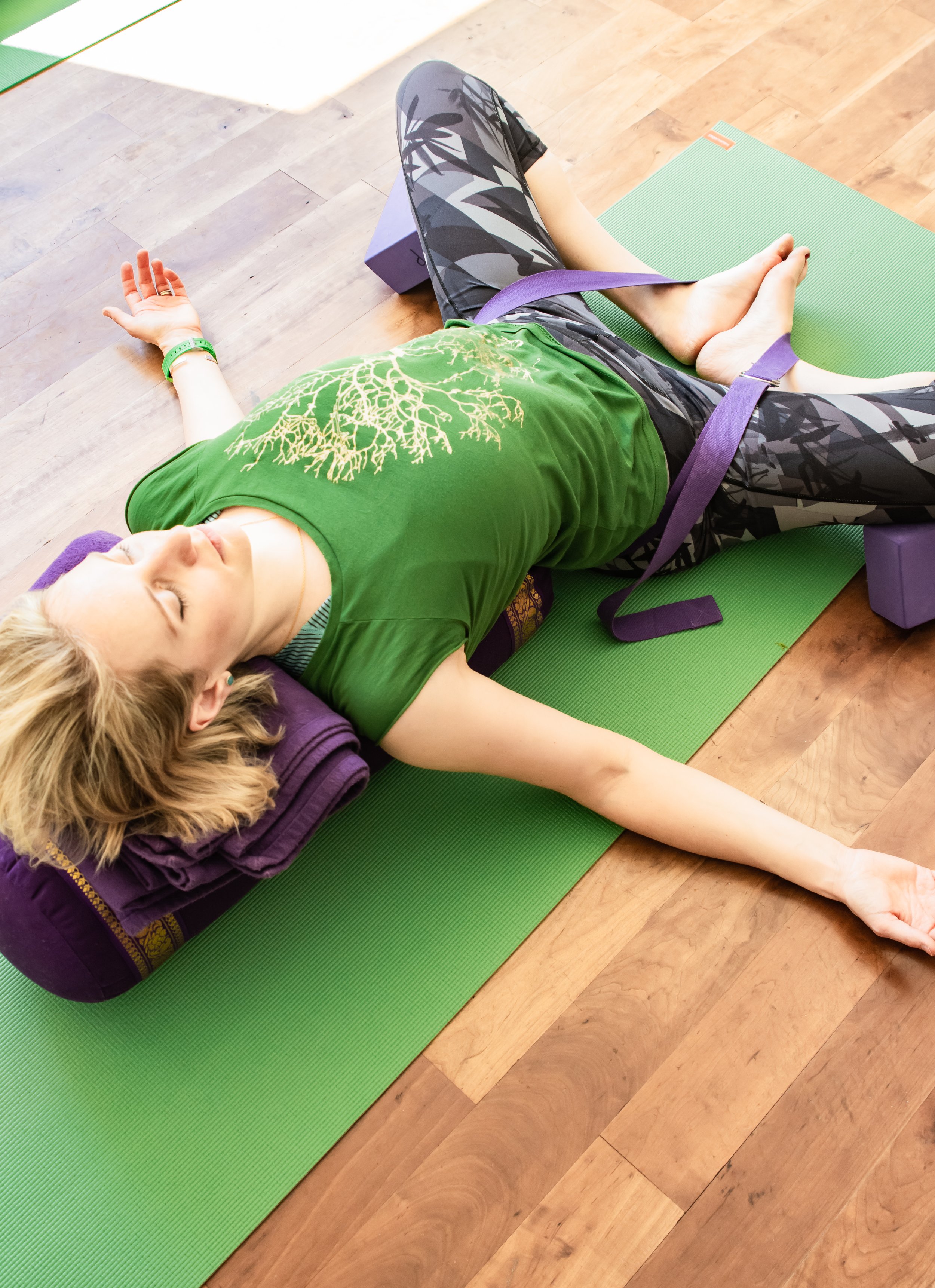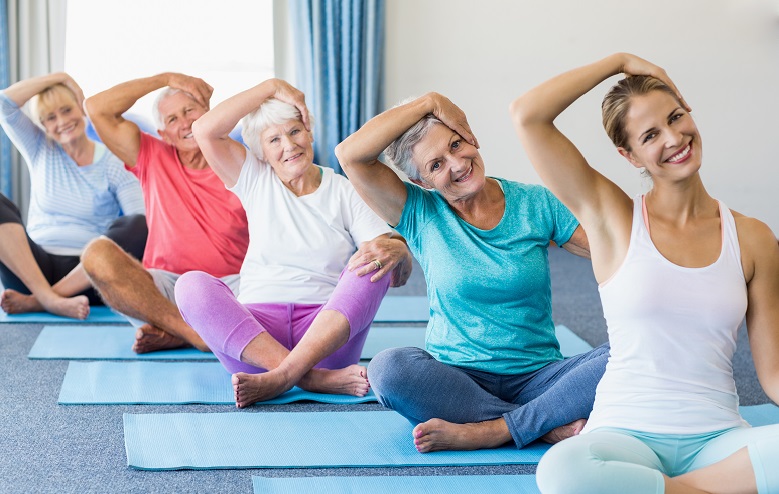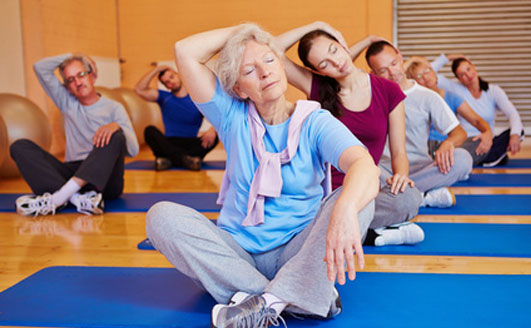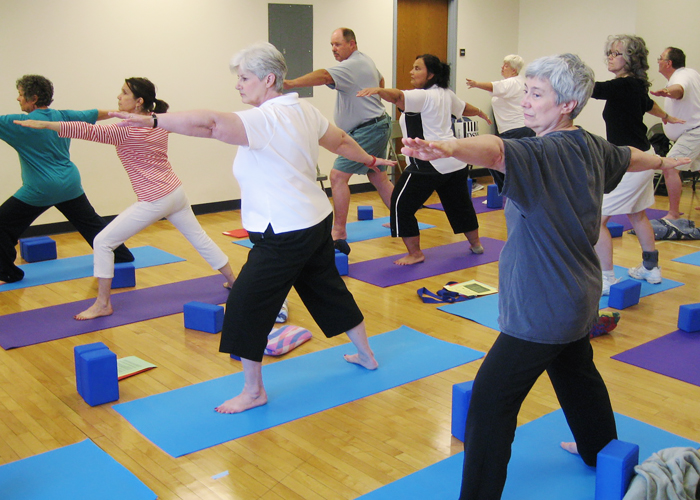These 9 Restorative Yoga Poses Will Give You the Relief You’re Craving
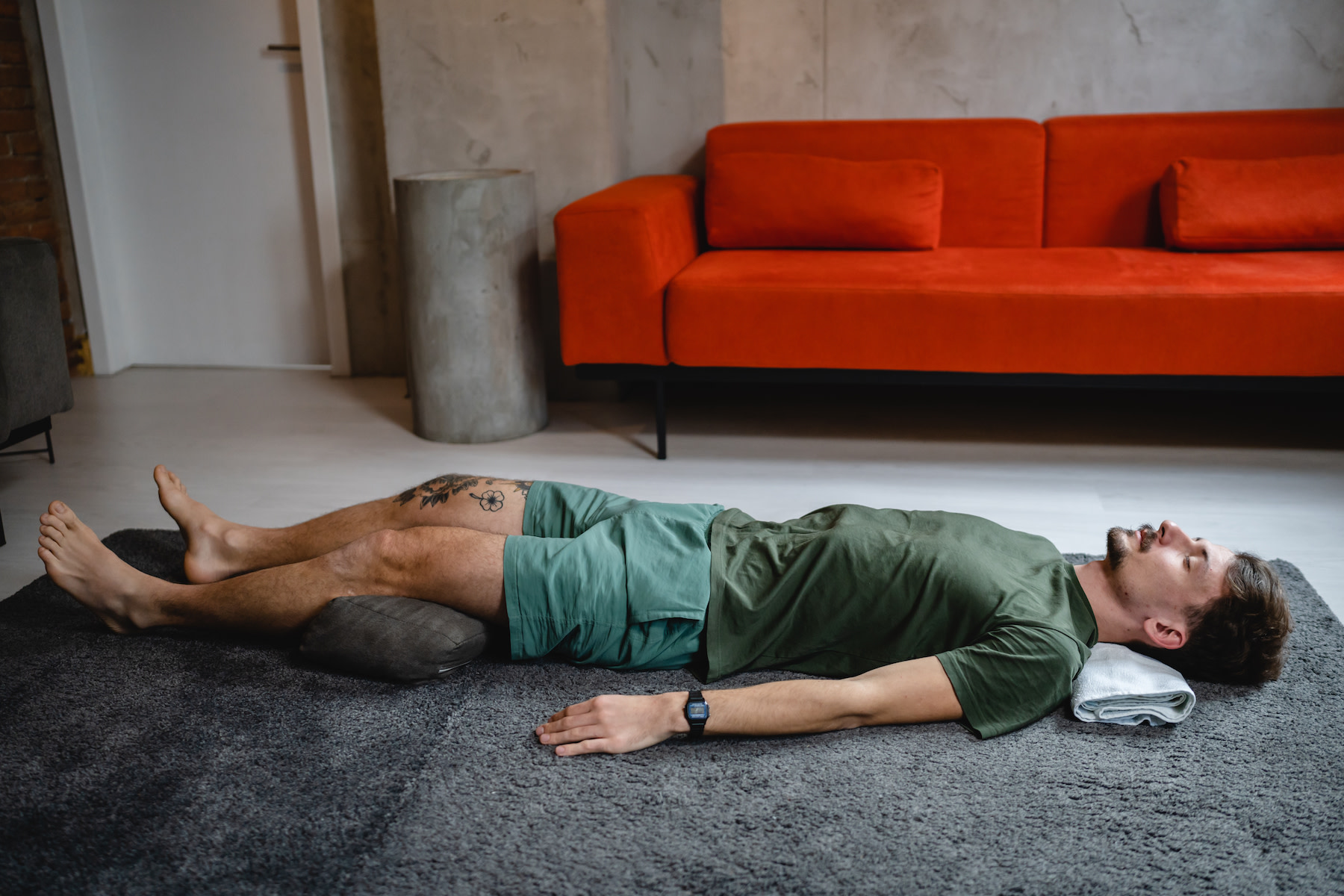
If you prefer fast-paced dynamic workouts such as HIIT, rowing, and power yoga, you may see exercise as an opportunity to break a sweat and bring your heart rate up. And while there’s nothing wrong with those motivations, sometimes your body needs something a bit calmer and gentler to quite literally ground you back down to earth. You may want to consider restorative yoga, a perfect option for balancing out your workout routine while also helping alleviate stress. Read on for some of the best restorative yoga poses to try.
What Is Restorative Yoga?
When you think of yoga, you might imagine pushing back into Downward-Facing Dog (Adho Mukha Svanasana), flowing through Sun Salutations (Surya Namaskars), or going upside down into a Handstand (Adho Mukha Vrksasana). Unlike these more active postures and sequences, restorative yoga allows you to simply let go and melt into your mat.
“Restorative yoga differs from other types of yoga in that it is completely passive and supported,” says Peloton instructor Anna Greenberg. “There’s no effort from the practitioner at all to hold themselves up in any of the postures.”
Restorative Yoga vs. Yin Yoga: Key Differences
Be careful not to conflate restorative yoga with Yin Yoga. While both of these practices involve slowing down and maintaining longer holds than you’d find in other yoga classes, they’re far from interchangeable. Yin Yoga requires more effort and action—and can feel intense. “In Yin Yoga, you hold deep stretches that work on stretching the connective tissue for long periods of time, which can be very sensational,” Anna says.
Restorative yoga, on the other hand, facilitates a sense of surrender and release. “In restorative yoga, we’re not looking for intensity or deep stretches,” she says. “We’re looking for total support so that our nervous system can relax and we can tap into our parasympathetic nervous system (the rest-and-digest state).”
Restorative yoga can be the perfect antidote to stress. A 2023 study published in the Journal of Education and Health Promotion found that participants who completed a 45-minute restorative yoga session once a week over a six-week period demonstrated improvements on 13 out of 14 markers of well-being. Of these markers, participants had the most notable increases in feeling more relaxed and thinking more clearly. It’s not a surprise when you consider the roots of restorative yoga.
“One of the biggest benefits of restorative yoga is that it takes us back to that internal rest-and-digest state where we truly restore ourselves from the inside out,” Anna says. “We’re able to process experiences, to truly relax, and to fill up our own cup.”
[……]

